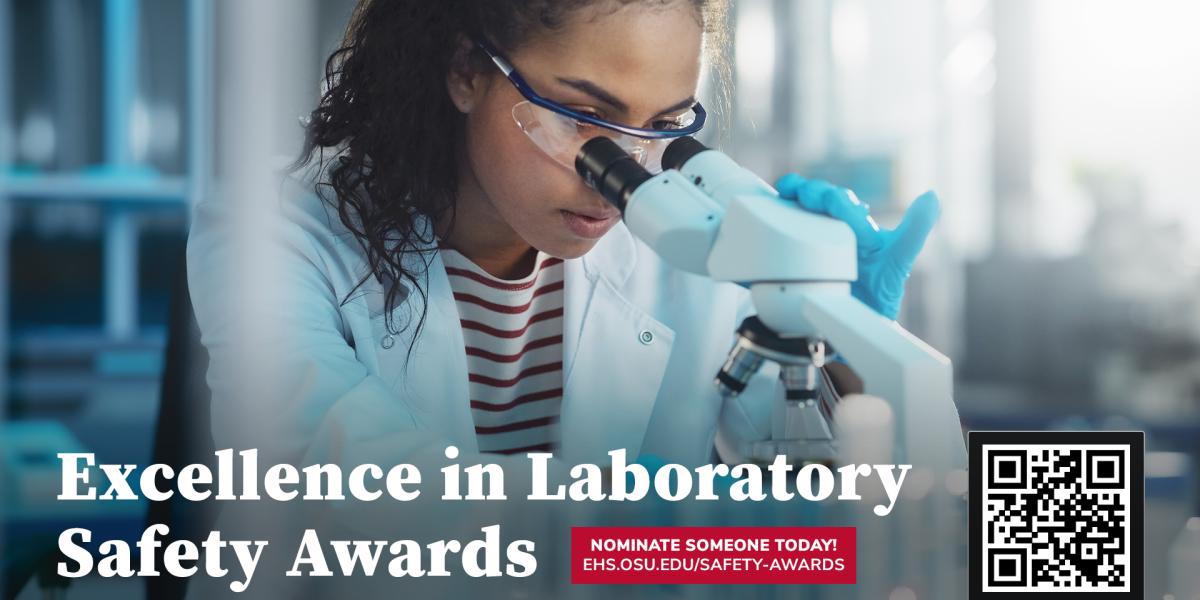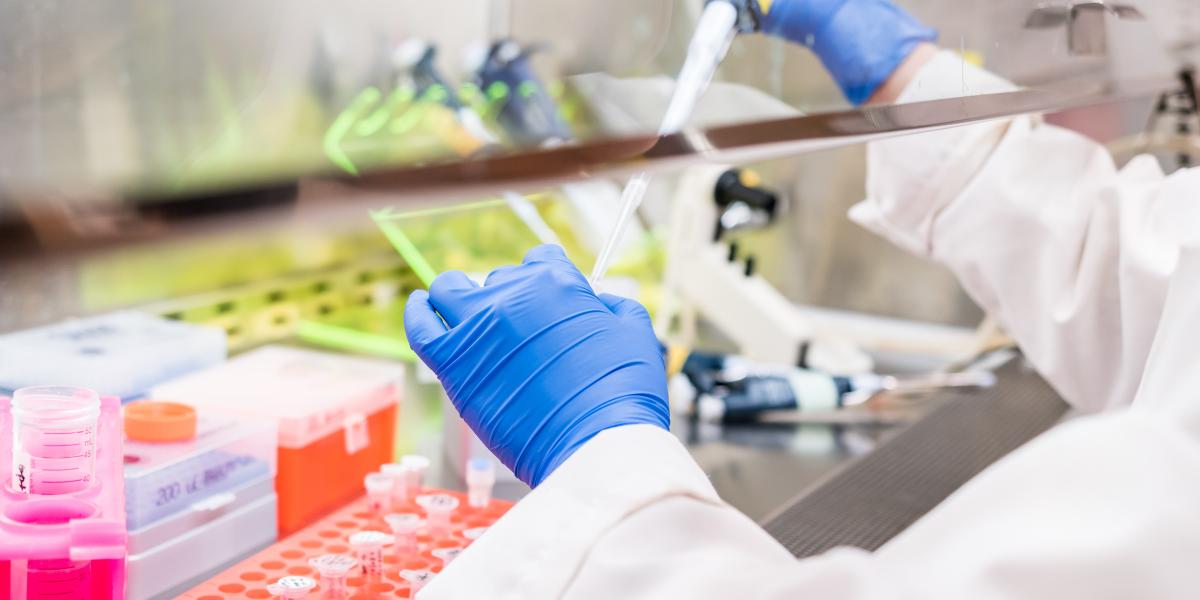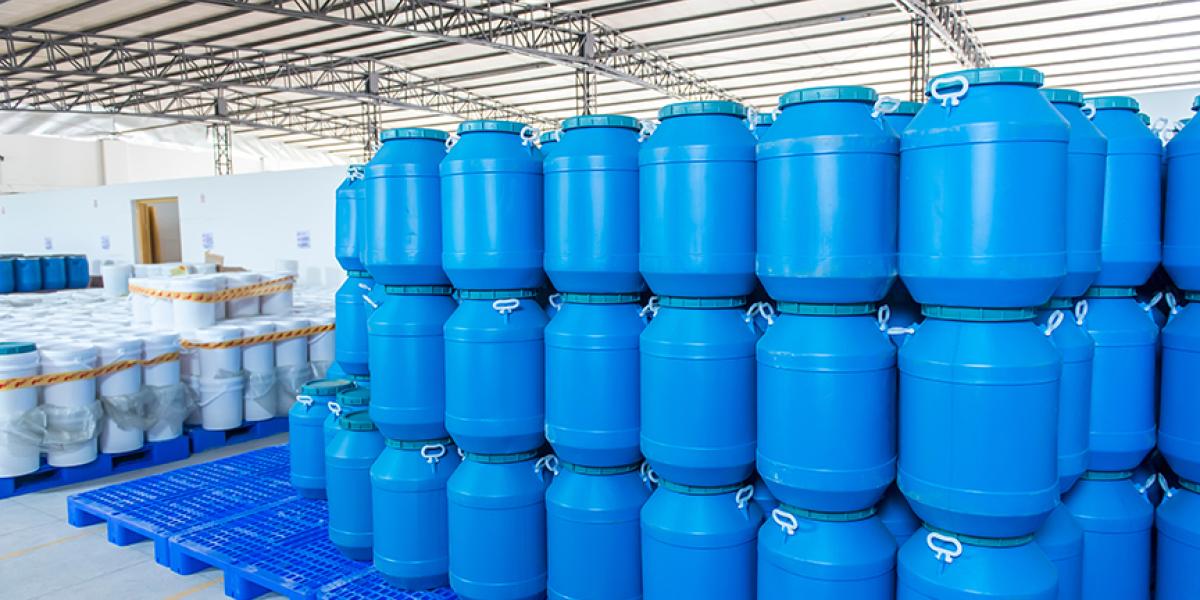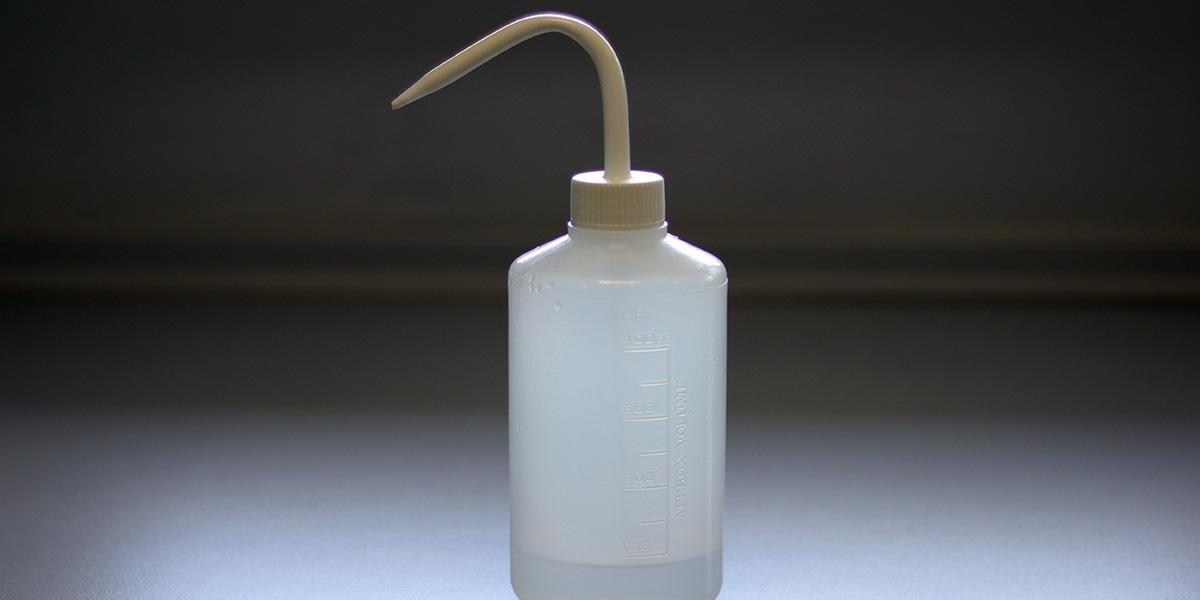Bringing values to life positively impacts our work and team culture. When we better understand one another and know we are working with colleagues who reinforce and solidify our values, together we establish a sense of belonging for all.
How can you recognize those who contribute positively and reinforce the five value principles and behaviors?








